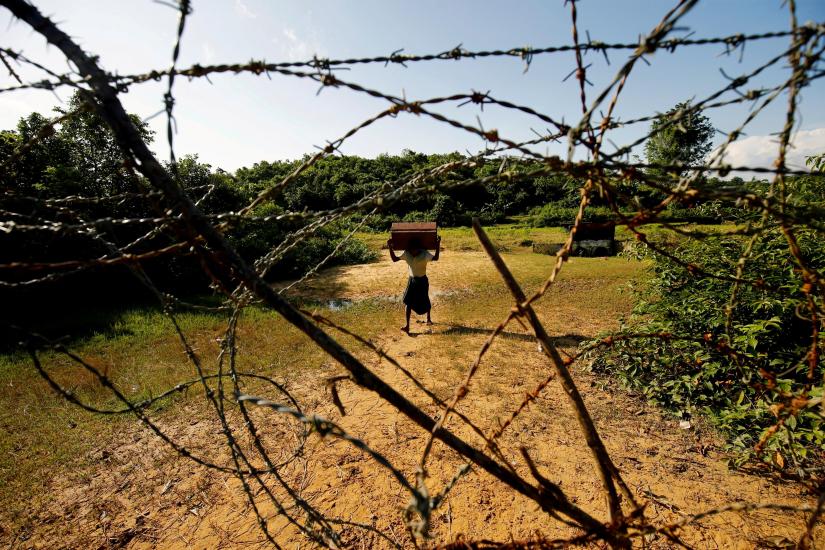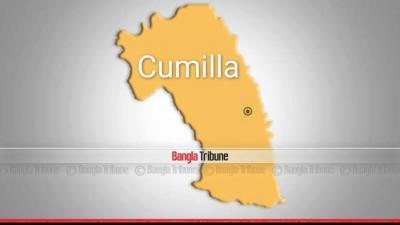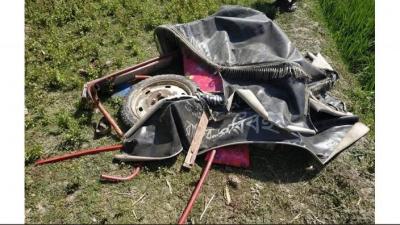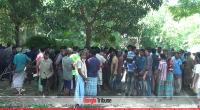 Myanmar has denied installing landmines and improvised explosive devices near the border its shares with Bangladesh, a senior official said, despite the reports of explosions on the border from time to time.
Myanmar has denied installing landmines and improvised explosive devices near the border its shares with Bangladesh, a senior official said, despite the reports of explosions on the border from time to time.
The denial came at a region commander level flag meeting between Border Guard Bangladesh and Myanmar’s Border Guard Police (BGP) in Cox’s Bazar on Monday (Oct 14).
“Myanmar has denied laying landmines and IED. The BGB, however, asked them to remove those,” BGB’s Cox’s Bazar regional commander Brigadier General Sajedur Rahman told the media after the meeting.
On Sept 3 this year, police in Bandarban recovered the body of a man, believed to be a Rohingya refugee who died in a possible landmine explosion along the Naikkhyangchharhi’s Ghumdhum border.
According to police, the body was separated from lags and the type of injuries suggested the man was killed in a landmine blast while crossing the border into Myanmar.
On Sept 6, 2017, Bangladesh also lodged a protest after it said Myanmar had laid landmines near the border between the two countries
Bangladesh’s protest had come two weeks after an army crackdown triggered by an attack on Aug 25 of 2017 by Rohingya insurgents on Myanmar security forces has led to the killing of at least 400 people and the exodus of nearly 125,000 Rohingya to Bangladesh.
Bangladesh believed Myanmar security forces were putting the landmines in their territory along the barbed-wire fence between a series of border pillars. Bangladesh learned about the landmines mainly through photographic evidence and informers, according to a Reuters report published on Sept 6, 2017.
According to the Reuters report, Bangladesh authorities were reported about a series blasts on the Myanmar side in a week fuelling speculation that Myanmar forces had laid land mines.
Witness accounts also matched with claims that the blast could have been a result of mine explosions.
A Rohingya refugee who went to the site of one the blasts filmed what appeared to be a mine: a metal disc about 10 centimeters (4 inches) in diameter partially buried in the mud, according to Reuters.
The Rohingya man said he believed there were two more such devices buried in the ground, he was quoted by Reuters as saying.
Bangladesh and Myanmar share a 270-km-long border with 209 km are barbed wire fencing.
According to the 2017 Reuters report, landmines were laid along the border in the 1990s to prevent trespassing and the military had since tried to remove them.
Myanmar, which was under military rule and is one of the most heavily mined countries in the world, is one of the few countries that have not signed the 1997 UN Mine Ban Treaty.
“The BGB will now inform the higher authorities to look into the matter,” Brigadier General Rahman said.
 Country
Country
31148 hour(s) 55 minute(s) ago ;
Afternoon 03:49 ; Monday ; May 06, 2024
Myanmar denies planting landmines on Bangladesh border
Send
Teknaf (Cox’s Bazar) Correspondent
Published : 22:40, Oct 14, 2019 | Updated : 22:44, Oct 14, 2019
Published : 22:40, Oct 14, 2019 | Updated : 22:44, Oct 14, 2019
0 ...0 ...
/hb/
Topics: Top Stories
- KOICA donates medical supplies to BSMMU
- 5 more flights to take back British nationals to London
- Covid19: Rajarbagh, Mohammadpur worst affected
- Momen joins UN solidarity song over COVID-19 combat
- Covid-19: OIC to hold special meeting
- WFP begins food distribution in Cox’s Bazar
- WFP begins food distribution in Cox’s Bazar
- 290 return home to Australia
- Third charter flight for US citizens to return home
- Dhaka proposes to postpone D8 Summit
Unauthorized use of news, image, information, etc published by Bangla Tribune is punishable by copyright law. Appropriate legal steps will be taken by the management against any person or body that infringes those laws.
Bangla Tribune is one of the most revered online newspapers in Bangladesh, due to its reputation of neutral coverage and incisive analysis.
F R Tower, 8/C Panthapath, Shukrabad, Dhaka-1207 | Phone: 58151324; 58151326, Fax: 58151329 | Mob: 01730794527, 01730794528






